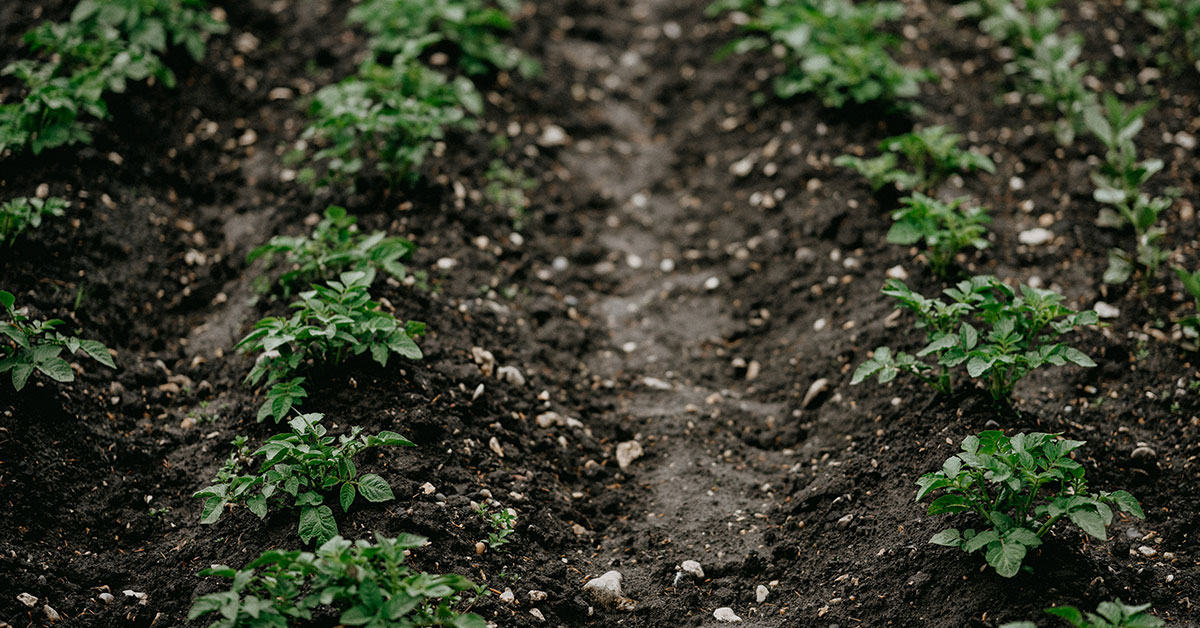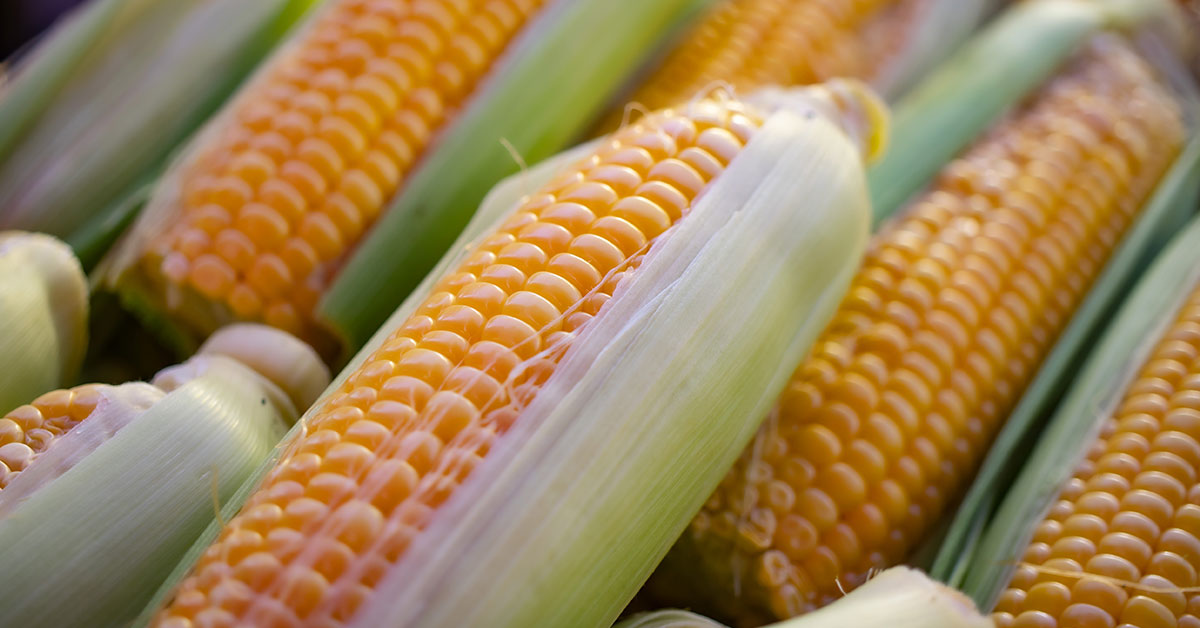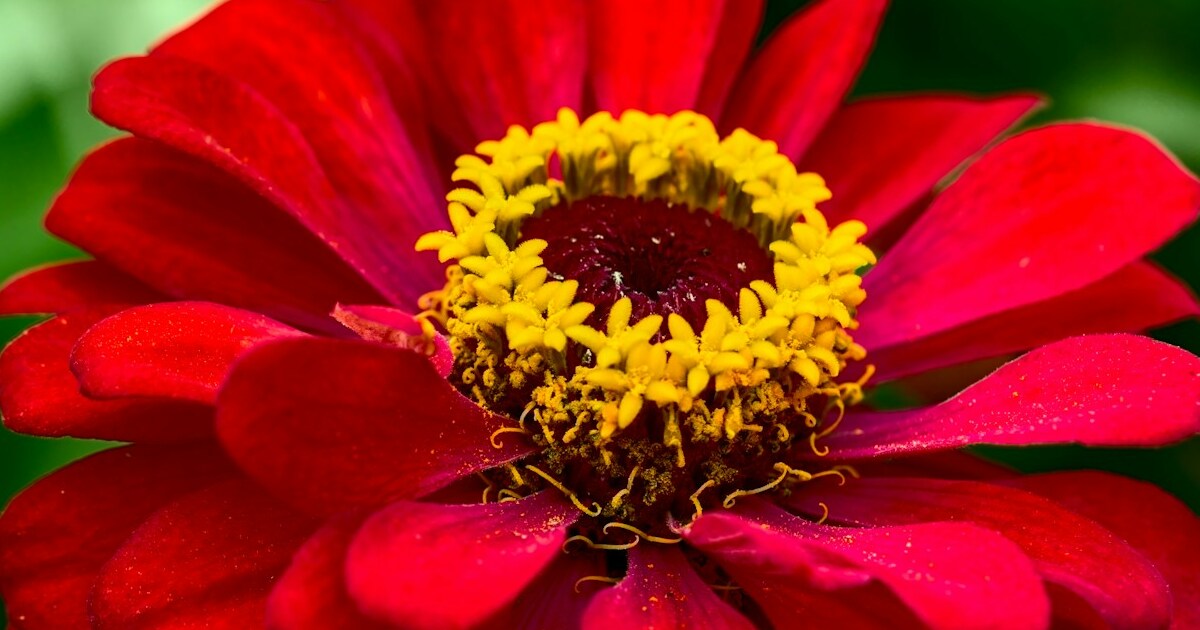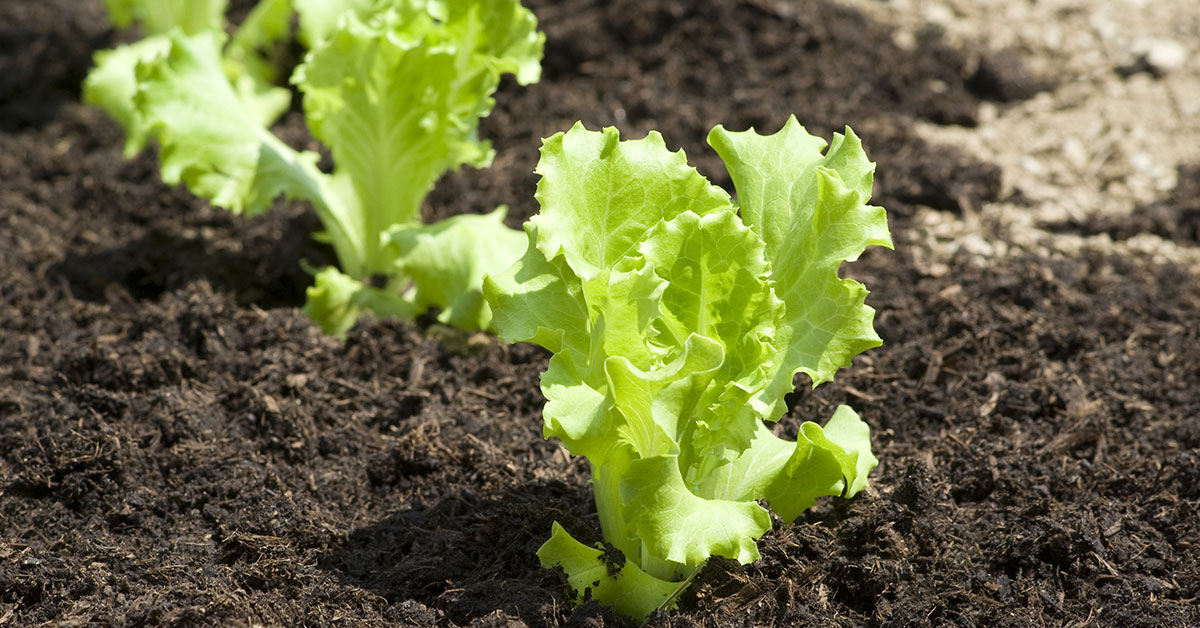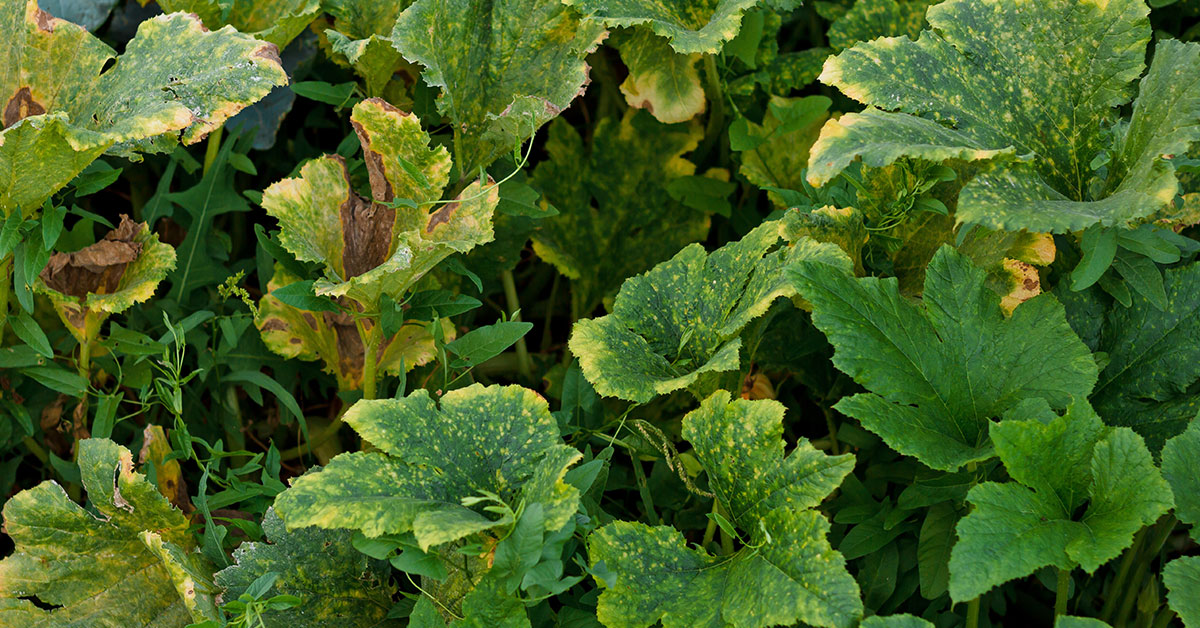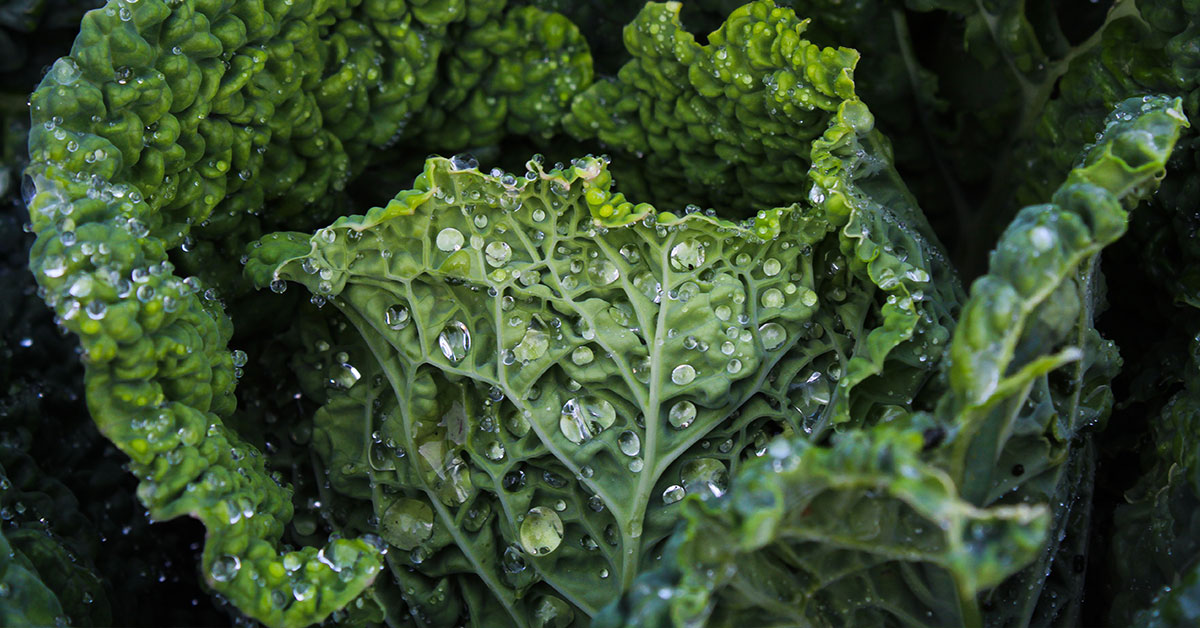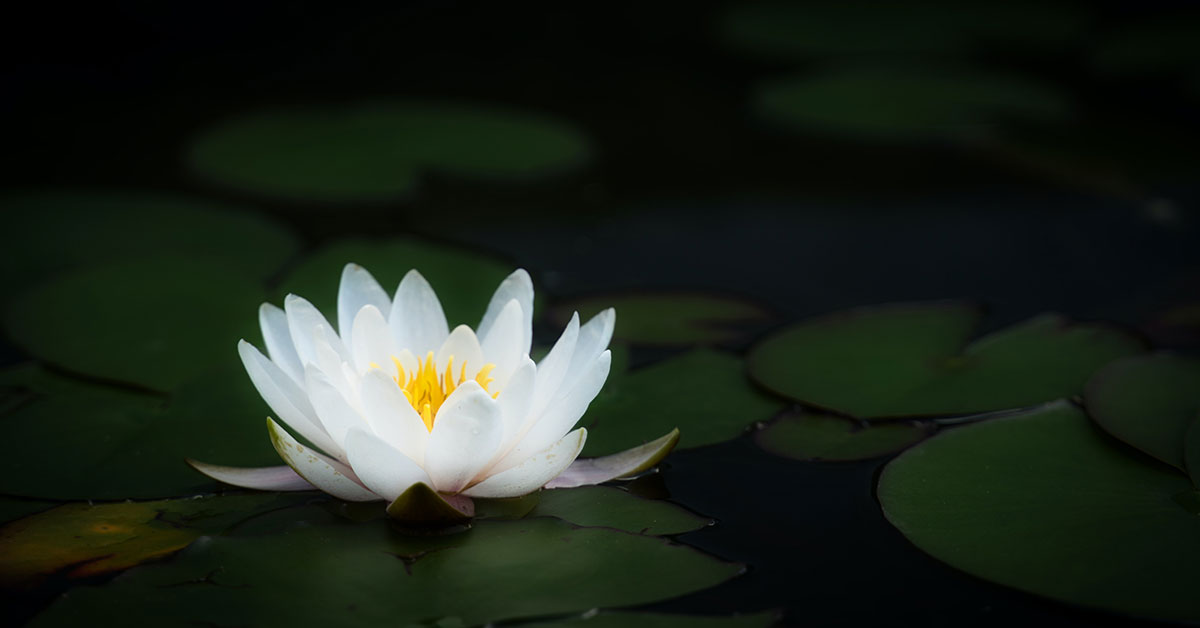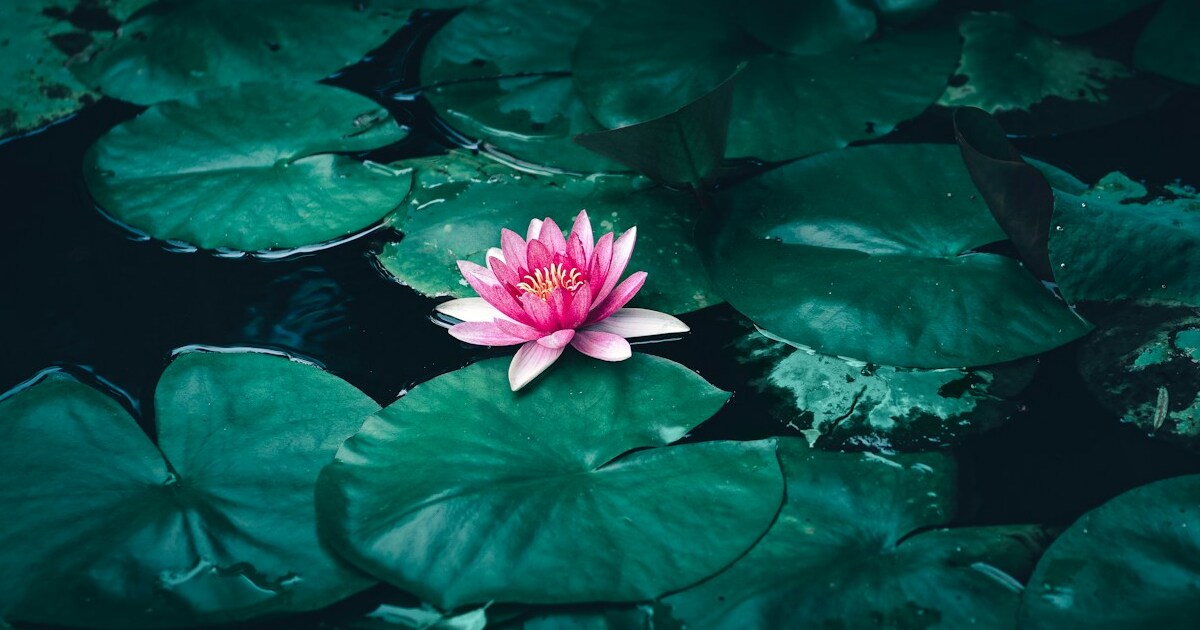Welcome to the vibrant world of gardening in Columbus, Ohio! Nestled in the heart of the Midwest, Columbus offers a unique and diverse environment for gardeners to explore. One of the key factors to consider when planning your garden in this region is the USDA hardiness zone. Columbus falls within Zone 6a, which means it experiences an average minimum temperature range of -10 to -5 degrees Fahrenheit (-23 to -21 degrees Celsius).
Understanding this crucial detail will help you select the right plants, design your garden layout, and implement appropriate care practices to ensure a thriving and successful garden in Columbus. So, grab your gardening tools and let’s dive into the fascinating world of gardening in Zone 6a!
What is Columbus’s USDA hardiness zone?
The USDA hardiness zone is a system developed by the United States Department of Agriculture (USDA) to classify regions based on their average annual minimum temperatures. It is used as a guide to determine which plants are most likely to thrive in a particular area. Columbus, Ohio, falls within USDA hardiness zone 6a. This means that the average annual minimum temperature in Columbus ranges from -10 to -5 degrees Fahrenheit (-23 to -21 degrees Celsius).
It is important to note that this is the average minimum temperature, and extreme cold snaps can occur, resulting in even lower temperatures. Understanding the hardiness zone is crucial for gardeners and plant enthusiasts as it helps them select plants that are well-suited to the local climate. Plants that are rated for zone 6a are capable of withstanding the cold temperatures that Columbus experiences during winter. When choosing plants for your garden in Columbus, it is recommended to select those that are rated for zone 6a or lower.
These plants have evolved to survive and thrive in the local climate, making them more likely to withstand the winter cold and successfully grow in your garden. It is also important to consider other factors besides hardiness zone when selecting plants. Factors such as soil type, sunlight exposure, and moisture levels should be taken into account to ensure the best possible growing conditions for your plants. Additionally, microclimates within Columbus can vary, so it is essential to consider the specific conditions of your garden, such as sheltered areas or areas prone to frost pockets.
These factors can influence the success of certain plants and may require additional considerations when selecting suitable species. By understanding the USDA hardiness zone in Columbus and considering other environmental factors, you can make informed decisions about which plants to grow in your garden, increasing the chances of successful growth and a thriving garden.
When can you plant your garden in Columbus?
In Columbus, Ohio, the ideal planting times for different plants can be determined by the USDA hardiness zone. Columbus falls under USDA hardiness zone 6a, which means it experiences an average minimum winter temperature of -10 to -5 degrees Fahrenheit (-23.3 to -20.6 degrees Celsius).
For cool-season crops like lettuce, spinach, peas, and radishes, the ideal planting time in Columbus is in early spring, typically around mid-March to early April. These plants can tolerate cooler temperatures and even a light frost.
Warm-season crops such as tomatoes, peppers, cucumbers, and beans should be planted after the last frost date, which usually occurs around mid to late April in Columbus. It is important to wait until the soil has warmed up and the risk of frost has passed to ensure the success of these heat-loving plants.
Perennial flowers, shrubs, and trees can be planted in Columbus throughout the growing season, but it is generally recommended to plant them in spring or fall. This allows the plants to establish their root systems before the extreme temperatures of summer or winter.
It is worth noting that these are general guidelines, and specific planting times may vary depending on weather conditions and individual plant requirements. It is always a good idea to consult local gardening resources or extension offices for more precise planting recommendations based on the current year’s climate.
What grows well in Columbus?
Columbus, Ohio falls within USDA hardiness zone 6a, which means it experiences average minimum winter temperatures between -10°F to -5°F (-23.3°C to -20.6°C). Here is a comprehensive list of plants that generally grow well in Columbus:
- Black-eyed Susan (Rudbeckia)
- Coneflower (Echinacea)
- Daylily (Hemerocallis)
- Hosta (Hosta spp.)
- Bee balm (Monarda)
- Phlox (Phlox paniculata)
- Sedum (Sedum spp.)
- Russian sage (Perovskia atriplicifolia)
- Astilbe (Astilbe spp.)
- Coral bells (Heuchera)
- Marigold (Tagetes)
- Zinnia (Zinnia elegans)
- Petunia (Petunia spp.)
- Impatiens (Impatiens walleriana)
- Geranium (Pelargonium)
- Begonia (Begonia spp.)
- Salvia (Salvia spp.)
- Snapdragons (Antirrhinum majus)
- Cosmos (Cosmos bipinnatus)
- Sunflowers (Helianthus)
- Lilac (Syringa vulgaris)
- Hydrangea (Hydrangea spp.)
- Spirea (Spiraea spp.)
- Forsythia (Forsythia spp.)
- Azalea (Rhododendron spp.)
- Weigela (Weigela spp.)
- Ninebark (Physocarpus opulifolius)
- Viburnum (Viburnum spp.)
- Burning bush (Euonymus alatus)
- Japanese barberry (Berberis thunbergii)
- Red maple (Acer rubrum)
- Sugar maple (Acer saccharum)
- White oak (Quercus alba)
- Red oak (Quercus rubra)
- Dogwood (Cornus florida)
- Crabapple (Malus spp.)
- Eastern redbud (Cercis canadensis)
- Serviceberry (Amelanchier spp.)
- Ginkgo (Ginkgo biloba)
- Japanese maple (Acer palmatum)
- Clematis (Clematis spp.)
- Honeysuckle (Lonicera spp.)
- Virginia creeper (Parthenocissus quinquefolia)
- Trumpet vine (Campsis radicans)
- Wisteria (Wisteria spp.)
Remember to consider specific growing conditions, such as sunlight, soil type, and moisture requirements, when selecting plants for your garden in Columbus.
What won’t grow in Columbus?
In Columbus, Ohio, which falls under USDA hardiness zone 6a, there are certain plants that may struggle to thrive due to the region’s climate. Here are some examples:
- Tropical plants: Plants that require consistently warm temperatures, such as banana trees (Musa spp.), hibiscus (Hibiscus spp.), and bougainvillea (Bougainvillea spp.), may struggle to survive the cold winters in Columbus.
- Citrus trees: Citrus trees, including lemon (Citrus limon), lime (Citrus aurantifolia), and orange (Citrus sinensis), are not well-suited for Columbus’s climate. They require a more tropical or subtropical environment to thrive.
- Palm trees: Most palm tree species, like coconut palm (Cocos nucifera) and date palm (Phoenix dactylifera), are not cold-hardy enough to survive the winters in Columbus.
- Desert plants: Plants that are adapted to arid desert environments, such as cacti and succulents like agave (Agave spp.) and prickly pear (Opuntia spp.), may struggle in Columbus due to the region’s higher humidity and colder winters.
- Tender perennials: Some tender perennials, like certain varieties of lavender (Lavandula spp.) and rosemary (Rosmarinus officinalis), may struggle to survive the colder temperatures and freezing conditions of Columbus winters.
- Subtropical and tropical flowering plants: Flowers like orchids (Orchidaceae family), plumeria (Plumeria spp.), and bird of paradise (Strelitzia spp.) are not well-suited for Columbus’s climate and may require a greenhouse or indoor environment to thrive.
It’s important to note that while these plants may not thrive outdoors in Columbus, they can often be grown as houseplants or in containers that can be brought indoors during the colder months. Additionally, there are many beautiful and hardy plants that are well-suited for Columbus’s climate, so there are still plenty of options for gardening and plant care in the area.




